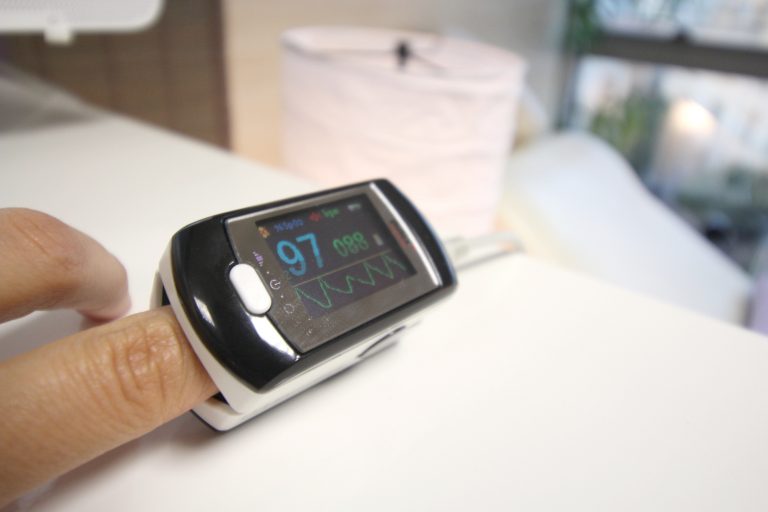At high altitude, less oxygen is available, our lungs and our blood need to become more efficient at oxygen uptake. To adapt, our bodies start producing more oxygen transporting red blood cells, and our cells more energy producing power plants, the mitochondria.

INTERMITTENT HYPOXIA TRAINING – Cell Training
Areas of application
- Mitochondrial pathology
-
Chronic fatigue and burnout
-
Increased blood pressure
-
Diabetes 2
-
Sleep disorders and performance decline
-
Chronic Fatigue Syndrome
-
Cardiovascular disease
Why is it so effective?
Altitude conditions produce just enough stress to eliminate inefficient power plants (degenerated mitochondria). These not only produce less energy, but also are more likely to have damaged genetic material that can lead to disease.
The cells are stimulated to produce new healthy mitochondria to replace them. The person with more red blood cells and healthy mitochondria becomes more efficient at oxygen uptake and producing energy.

How it works:
This IHT training uses air at normal atmospheric pressure, and alternatively supplies air with oxygen at low altitude content, and air with oxygen content at high altitude levels. The trainee lies comfortably in a waiver chair. All vital signs are monitored by qualified personnel, the training level is set accordingly.

Would you like to try it? Contact!




Recent Comments